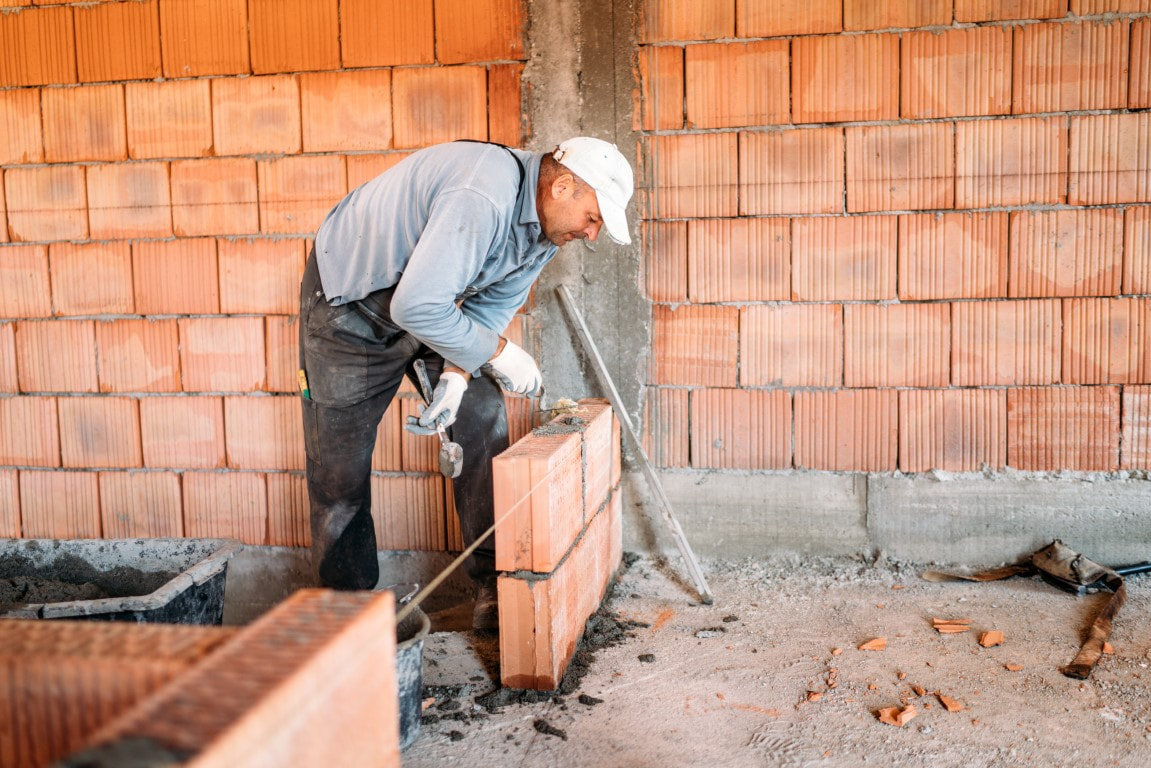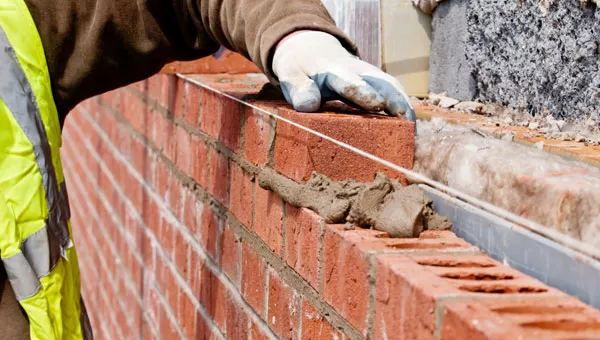Top Quality Paver Installation Services to Change Your Outdoor Space
Top Quality Paver Installation Services to Change Your Outdoor Space
Blog Article
Unlocking the Secrets of Sustainable Stonework Construction Practices for Eco-Friendly Buildings
In the realm of modern construction, the pursuit of sustainable practices has become paramount. Among the myriad approaches to environmentally friendly building, sustainable stonework building and construction sticks out as a time-tested and durable approach that holds a wide range of untapped possibility. From the selection of products to cutting-edge construction techniques, the keys to attaining sustainability within stonework building are complex and fascinating. By discovering the benefits, products, strategies, and future fads of sustainable masonry, a deeper understanding of how these practices can shape the future of environmentally friendly structures arises.
Benefits of Sustainable Stonework Building And Construction
Welcoming lasting stonework building methods not just decreases ecological impact yet additionally uses long-lasting economic advantages to building contractors and areas. By using products like recycled bricks, blocks, and stones, builders can significantly decrease the carbon footprint of their projects while promoting resource effectiveness. Furthermore, sustainable masonry building and construction methods, such as correct insulation and thermal mass homes, can enhance energy efficiency within buildings, leading to lowered operational prices in time.
Additionally, the longevity and resilience of masonry frameworks contribute to lasting economic advantages. Buildings built making use of sustainable stonework techniques typically call for much less repair and maintenance, converting to cost savings for building contractors and building owners. The durability of stonework products also makes sure that frameworks remain stable and safe and secure, reducing the requirement for regular improvements or replacements.
Eco-Friendly Masonry Products
Making use of environmentally friendly stonework materials is a critical step in the direction of improving the sustainability of building practices and reducing ecological impact while maximizing lasting economic benefits. Lasting masonry materials are sourced, generated, and made use of in a fashion that decreases general ecological impact. Materials such as recycled blocks, reclaimed stone, and lasting concrete blocks are coming to be significantly popular selections for eco-conscious home builders. Recycled blocks, for instance, not only divert waste from land fills yet likewise require much less energy to produce contrasted to brand-new bricks. Redeemed rock supplies an one-of-a-kind visual appeal while reducing the demand for new quarrying. Sustainable concrete obstructs integrate recycled aggregates and might feature better insulation homes, contributing to power effectiveness in buildings.
Moreover, natural materials like adobe, rammed planet, and straw bales give exceptional thermal mass residential or commercial properties, reducing the requirement for home heating and cooling power. These materials are commonly locally offered, promoting local economic climates and reducing transportation-related carbon discharges. By selecting eco-friendly masonry products, building projects can significantly reduce their environmental impact and add to the development of much healthier, much more lasting built settings.
Energy-Efficient Stonework Techniques
Power performance plays a vital duty in improving the sustainability of stonework building and construction practices. By carrying out energy-efficient stonework strategies, builders can considerably lower the overall energy usage of a structure, resulting in lower operational prices and a smaller environmental footprint. One crucial energy-efficient stonework technique is the usage of thermal mass, which includes integrating dense materials like concrete or brick right into the structure's structure to soak up and keep warm. This helps manage indoor temperatures, reducing the demand for mechanical heating and cooling down systems.

Developments in Sustainable Masonry
Recent developments in sustainable masonry practices have caused ingenious methods that are improving the building and construction industry. One such innovation is the development of self-healing concrete, which makes use of microorganisms installed within the concrete to recover cracks autonomously. This breakthrough not just lowers upkeep prices yet likewise boosts the longevity of masonry structures, adding to their sustainability.
An additional significant advancement is using recycled aggregates in stonework building - masonry contractor. By incorporating materials such as smashed ceramic waste or recycled glass into concrete mixes, contractors can decrease the ecological impact of building and construction jobs while keeping structural honesty. This method not just diverts waste from garbage dumps however likewise preserves natural deposits, making it a key innovation in sustainable masonry building and construction
Additionally, the assimilation of electronic design devices, such as Structure Information Modeling (BIM), is reinventing the means masonry structures are intended and constructed. BIM permits even more specific calculations, minimized product wastage, and enhanced power performance, ultimately resulting in even more lasting structure practices. These technologies jointly represent an encouraging future for lasting masonry construction in the period of eco-friendly structures.
Future Trends in Stonework Sustainability
With the cutting-edge strides made in sustainable masonry methods, the future fads in masonry sustainability are poised to additional reinvent the building and construction market. One of the essential patterns shaping the future of masonry sustainability is the enhanced integration of innovation. Developments such as Building Information Modeling (BIM) and virtual reality simulations are being utilized to maximize stonework building and construction procedures, causing minimized material waste and improved energy performance in structures.
Moreover, the growth of unique sustainable materials is readied to play a significant role in improving the eco-friendliness of masonry building. masonry contractor. Advancements like self-healing concrete, recycled explanation aggregates, and bio-based binders are see here now acquiring traction for their capability to lessen ecological influence while preserving structural integrity

Final Thought
In conclusion, sustainable stonework building and construction practices provide numerous advantages for eco-friendly buildings. By using green products and energy-efficient strategies, stonework can add to an extra lasting constructed setting. Innovations in lasting stonework are continually being created to additionally improve the environmental performance of buildings. Looking in the direction of the future, the fad of stonework sustainability is anticipated to grow, causing more environmentally pleasant and energy-efficient construction techniques in the years ahead.
Report this page